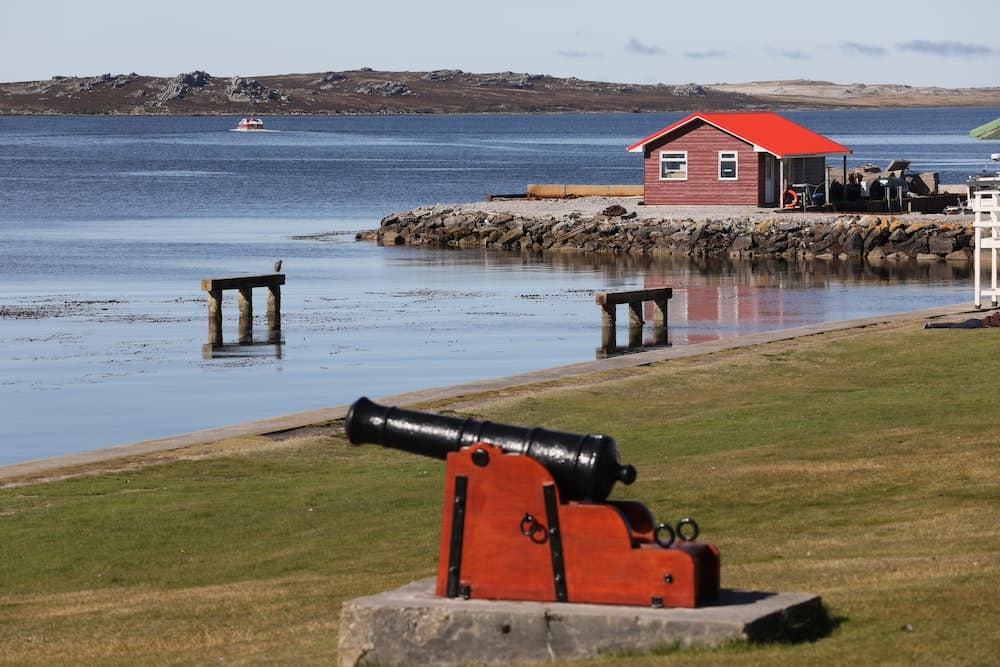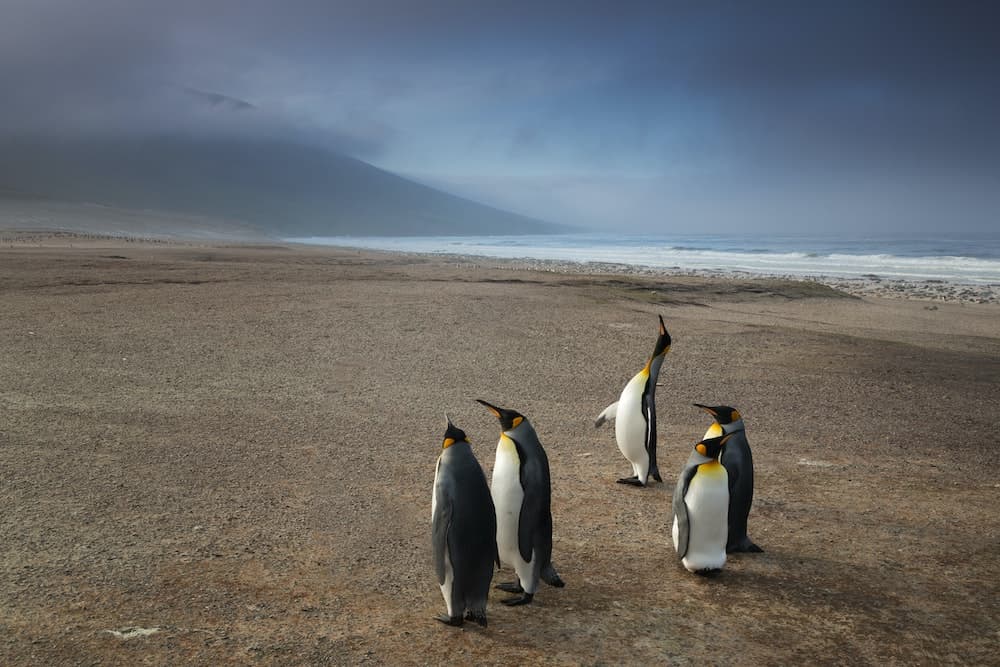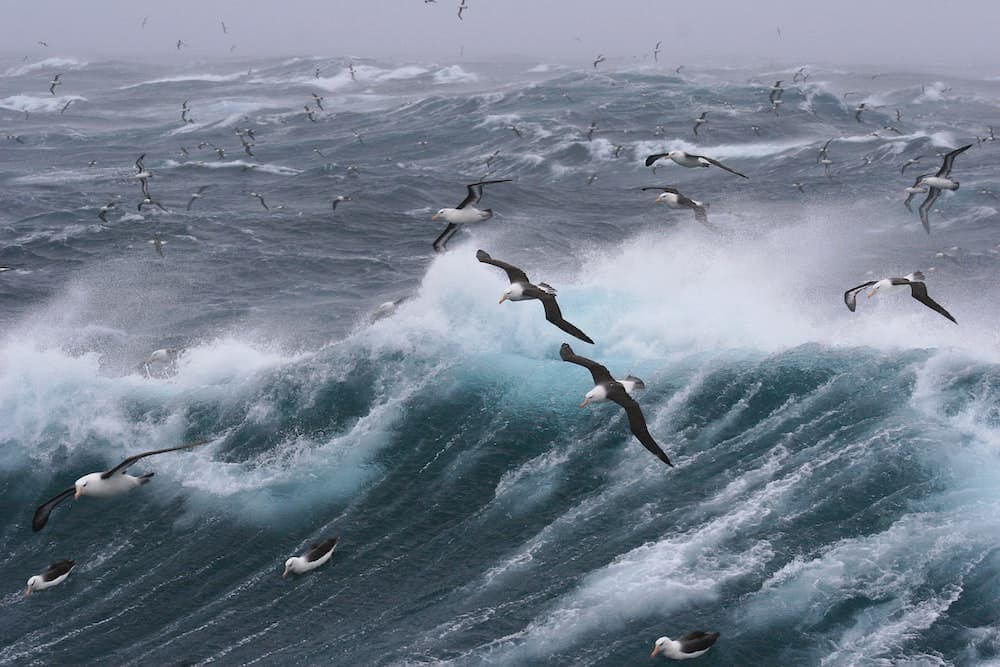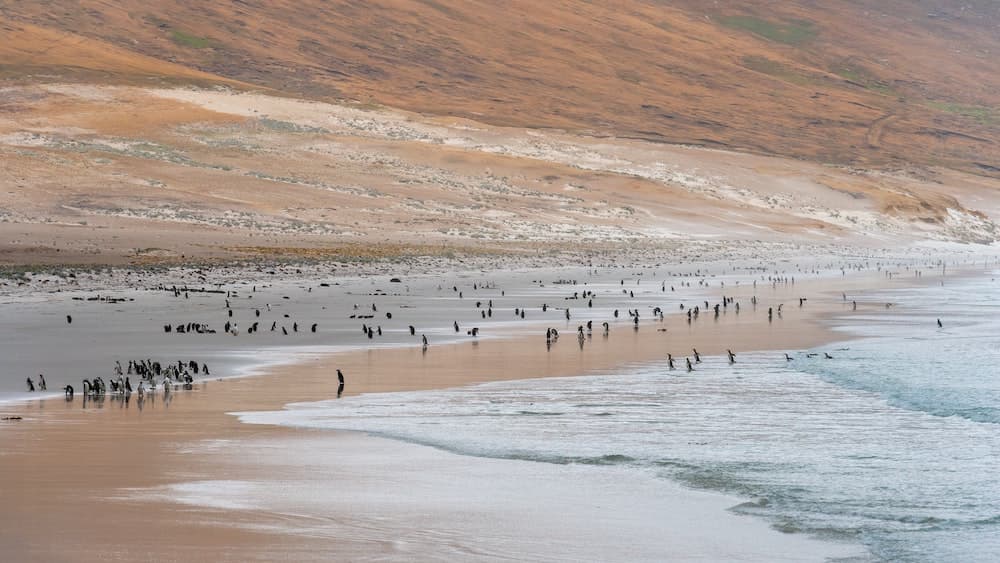The complete guide to seeing wildlife in the Falkland Islands
Disclosure: Bear in mind that some of the links in this post are affiliate links and if you go through them to make a purchase we will earn a commission at no additional cost to you. We chose these companies / hotels because of their quality and not because of the commission we receive from your purchases.
A trip to the Falkland Islands is perfect for you if you're yearning for an expedition and want to observe breathtaking wildlife that few others have had the chance to see.
Here we'll tell you everything you need to know about this incredible destination, from where it is located to what types of wildlife you can expect to see there. We'll also give tips on making the most of your visit and where to stay once you get there.
So read on for all the information you need before planning your next vacation!
What Are the Falkland Islands and Where Are They Located?
The Falkland Islands are an archipelago located in the southern Atlantic Ocean, about 650 km (400 miles) from the coast of Argentina. The islands are a British overseas territory and have been inhabited since the early 19th century. 
The Falklands consist of two main islands (East and West Falkland) and over 700 smaller ones. The landscape is varied, with mountains, beaches, grasslands, and forests on the islands.
What Types of Wildlife Can Be Found in the Falklands
The Falkland Islands are a haven for wildlife, home to a wide variety of species on land and in the ocean. Everything from penguins and seals to whales and seabirds can be discovered around every corner.
Some of the most iconic animals found on the Falklands include the many species of penguins that inhabit its shores. Whether hiking along the coastline or cruising through its waterways, there is always a chance to spot one of these incredible birds in action. 
Other native species include seals, dolphins, fur seals, and albatrosses, which can be easily spotted from land or sea. Additionally, numerous smaller creatures, including macaroni penguins and Magellanic penguins, keep even the most avid animal lover entertained.
The Best Places To See Wildlife in the Falklands
The Falkland Islands offer an incredible variety of landscapes and ecosystems, making it the perfect place to see a wide range of wildlife in one trip. Here are some of the best places to explore:
Stanley - The capital city of Stanley is located on East Falkland and is home to many penguins and various other birds and animals. Be sure to visit Gypsy Cove, just a short walk from the city center, where you can see penguins up close and even swim with them in the water!
Port Howard - Favored for its vast beauty and natural appearance, Port Howard is found on West Falkland. Home to 22 year-round residents as well as 42 000 sheep, this small village near the ocean also gives a perfect vantage point for spying on Commerson's dolphins from the jetty.
Carcass Island - Carcass Island is a nature lover's paradise, with its diverse array of small birds and stunning marine life. This island is home to tiny finches and thrushes, beautiful wrens and shags, and larger bird species like penguins, terns, and skuas. The surrounding waters are rich with marine life, including dolphins and seals.
Bleaker Island - Bleaker Island is a popular destination for nature lovers and birdwatchers worldwide. This island paradise is home to a wide variety of bird species, including colonies of rockhopper, Gentoo, and Magellanic penguins. 
In addition to these incredible animals, visitors are also often treated to sightings of Commerson's dolphins riding the surf off of Sandy Bay.
Tips for Spotting Animals in the Wild
Whether you're a seasoned wildlife watcher or just getting started, here are a few tips to help you spot animals in the wild:
1. Be patient - Animals are often more active at dawn and dusk, so be sure to plan your wildlife watching around these times.
2. Bring binoculars - A good pair of binoculars will help you spot far-away animals or animals hiding in the vegetation.
3. Be quiet - Animals are easily frightened by loud noises, so it's essential to be as soft as possible when out in the wild.
4. Wear appropriate clothing - Bright colors and strong smells can scare away animals, so it's best to wear neutral-colored clothing that won't stand out.
5. Respect the animals - Remember that you are visiting the animals in their natural habitat, so be sure to give them the space and respect they deserve.
How To Get to the Falklands and What To Expect When You Arrive
The Falkland Islands are a remote destination, but that doesn't mean they're difficult to get to. Once you arrive in the Falklands, you can quickly get around by car or bike. There are regular flights from the UK and Chile, and a few other South American countries.
When planning your trip, remember that the Falkland Islands are located in the Southern Hemisphere. This means that their seasons are reversed from what you're used to. December through February is summertime on the islands, while June through August is winter.
Best Time of the Year To Spot Wildlife
The Falkland Islands offer a wide variety of wildlife experiences, making it an excellent destination for nature lovers and birdwatchers all year round. However, the best time of year to visit the islands if you're hoping to see the most wildlife is during the summer months (December through February).
During the summer, the days are longer, and the weather is warmer, making it easier to explore the islands and spot animals in their natural habitat. In addition, many of the Falkland's wildlife species are breeding during this time of year, so you're likely to see more animals, including newborn chicks and young penguins.
If you're interested in seeing the Falkland Islands' iconic penguin colonies, the best time to visit is during the months of October to March. This is when the penguins are molting, which means they spend more time on land and are easier to spot. 
Falkland Island Weather
The Falkland Islands have a temperate climate, which means the weather is relatively mild all year round. However, the islands experience four distinct seasons: summer, autumn, winter, and spring.
December to March (summer) is the warmest and driest season in the Falklands, with temperatures averaging 11-16°C (52-61°F). April (autumn) is a transitional month, with weather conditions starting to cool down in preparation for winter.
June to September (winter) is the coldest and windiest time on the Falklands, with temperatures averaging 2-5°C (35-40°F).
October to November (spring) is a time of rebirth, as the island's wildlife starts to come out of hibernation and the vegetation starts to green up again. Click here for more climate details.
Best Places To Stay in the Falkland Islands
When thinking about the best places to stay in the beautiful and remote Falkland Islands, the first option that comes to mind is Malvina House Hotel. Situated right in the heart of Stanley, the capital of this stunning archipelago, Malvina House offers incredible views over the natural harbor and is within walking distance of all the shops, pubs, historic sites, and monuments.
But what sets this hotel apart is its recent addition: HarbourLights cinema and event venue. Featuring a modern 55-seat cinema, meeting, and private dining room, this versatile space has something for everyone.
With its comfortable accommodations, fantastic amenities, and stunning location, it truly is one of the best places to stay in the Falkland Islands!
Bottom Line
If you're looking for a fantastic wildlife viewing experience, the Falkland Islands should be at the top of your list. With so much to see and do, it's no wonder why this destination is becoming more and more popular each year.
We hope our guide has helped you get a better idea of what to expect when you visit and has inspired you to add the Falklands to your travel bucket list.